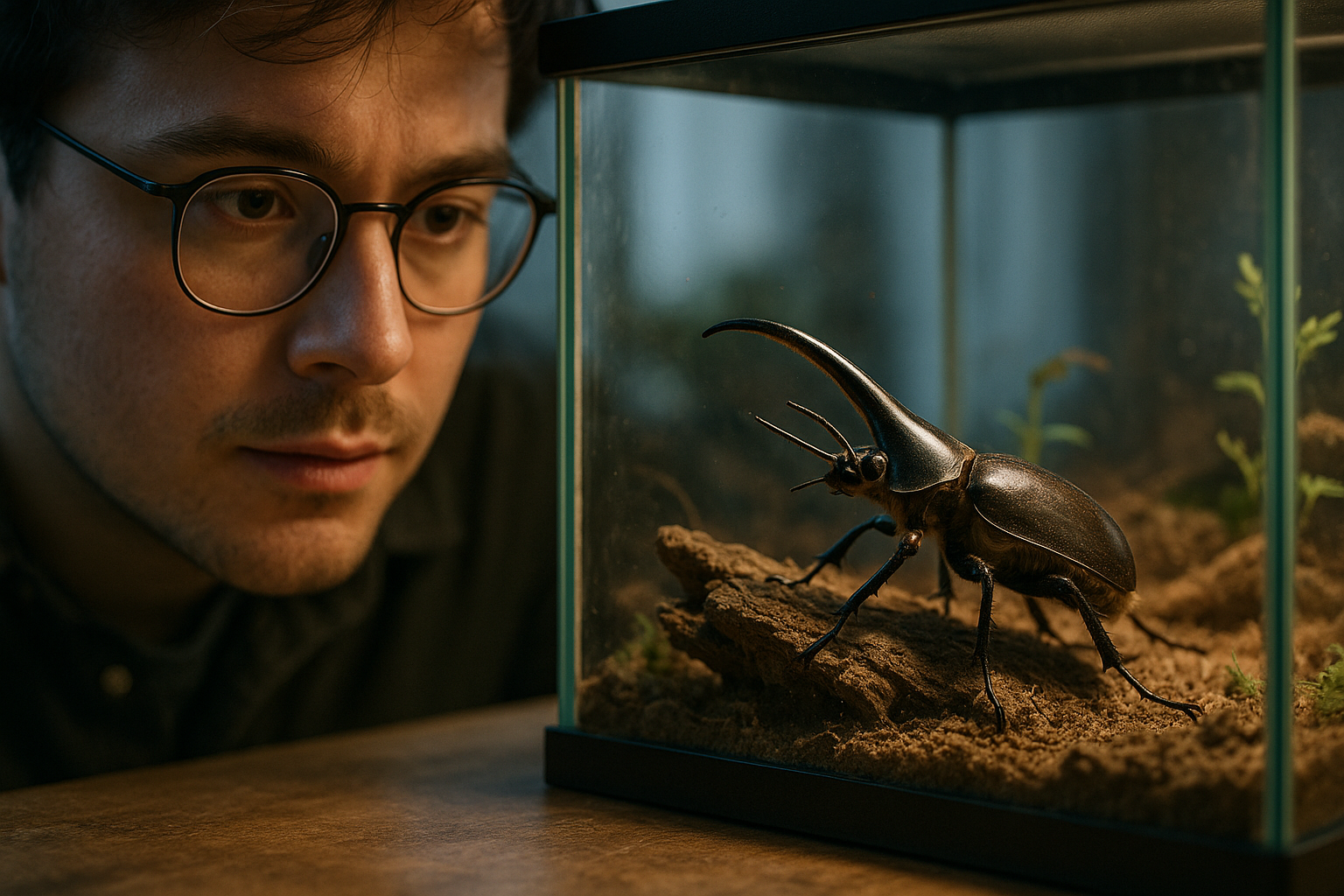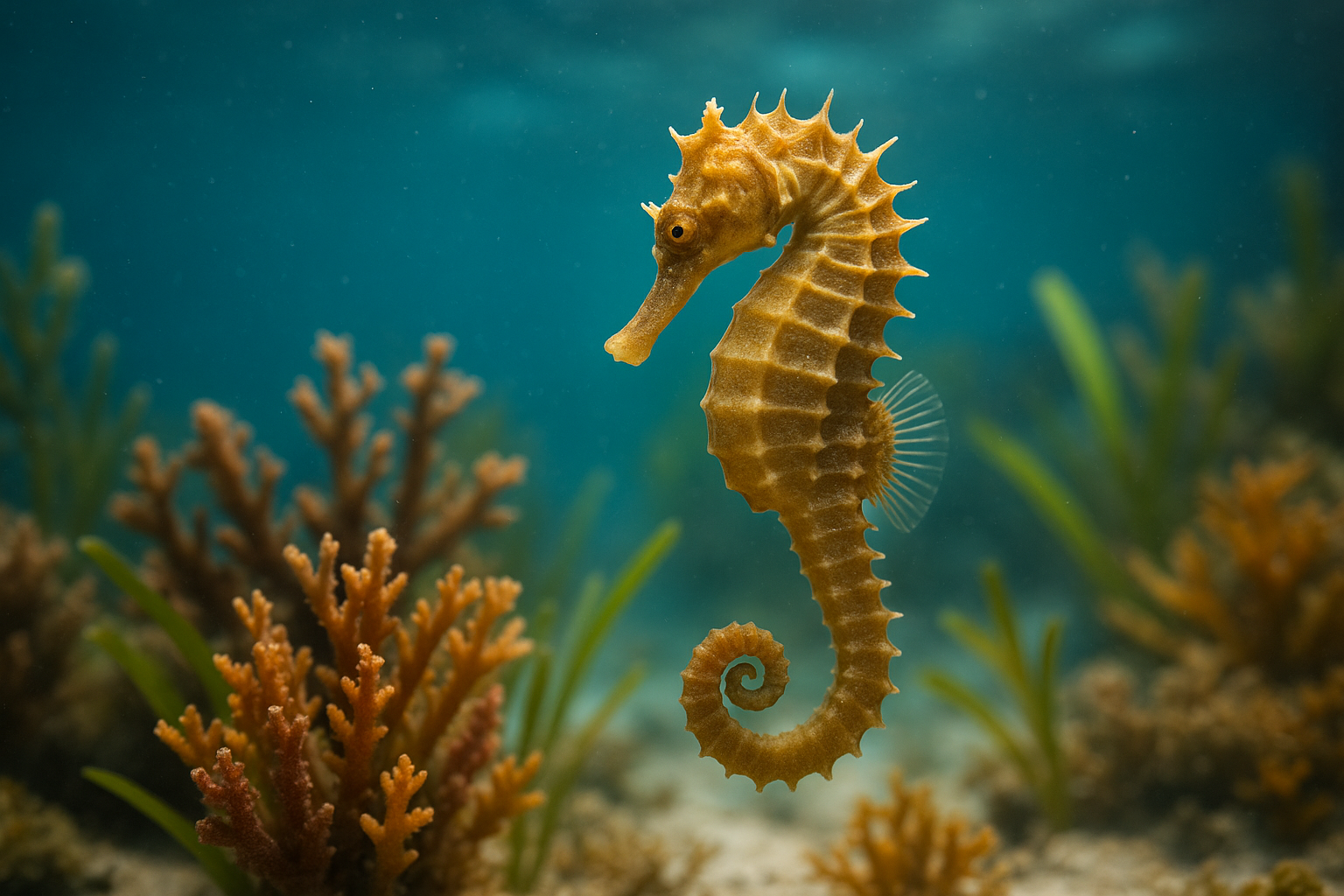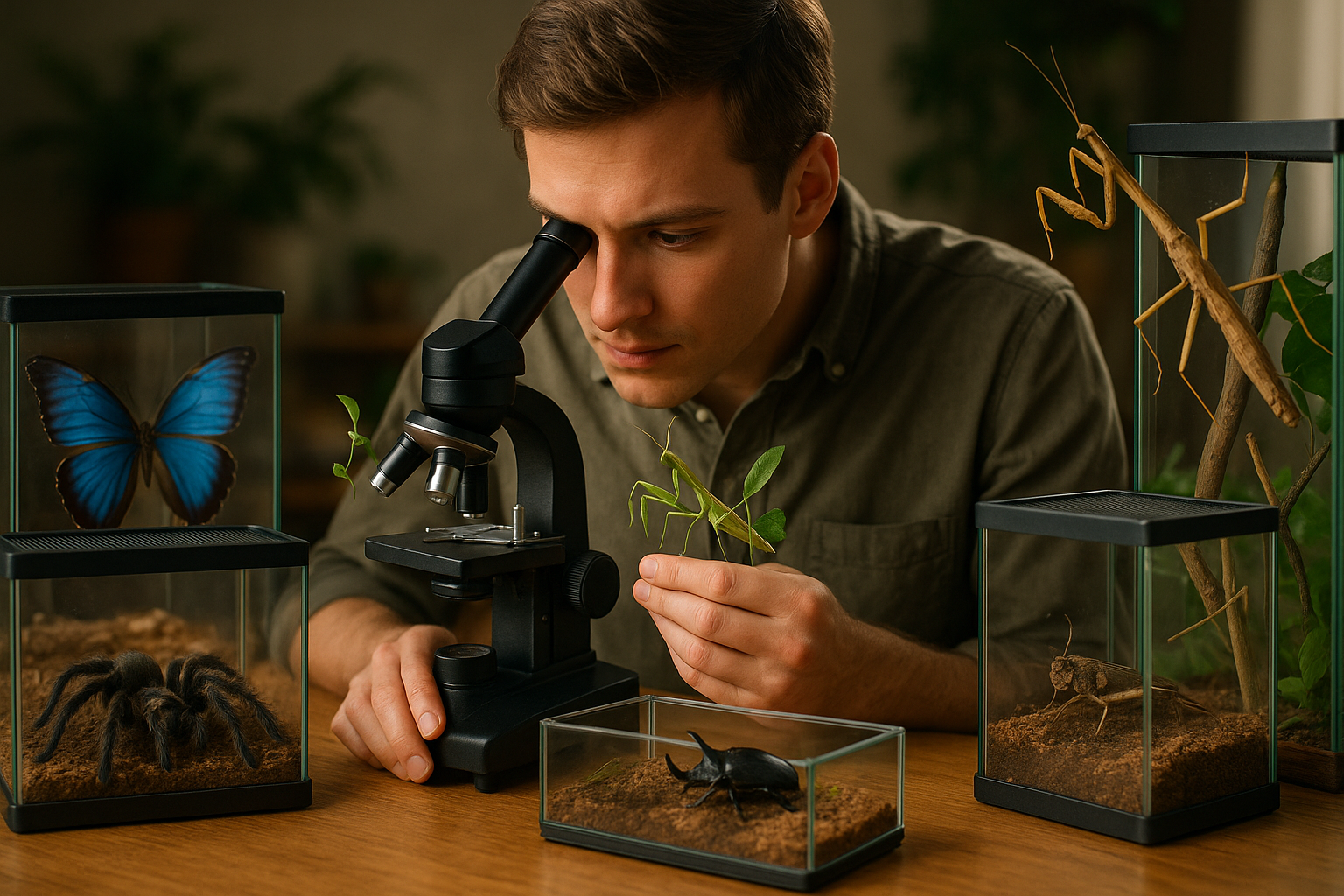Decoding the World of Insect Pets: An Unconventional Companion
Insects are often overlooked when it comes to pet choices. But, with over a million known species, these tiny creatures present a fascinating array of options for the discerning pet enthusiast. This article delves into the world of keeping insects as pets, elucidating their unique benefits, challenges and the ecological impact this trend might have.

A Brief History of Insects as Pets
Historically, insects have been kept as pets in many cultures. The Japanese have a long-standing tradition of keeping crickets for their melodious chirping, a practice dating back to the Heian period (794-1185). In China, fighting crickets have been prized pets since the Tang Dynasty (618-907). More recently, the 1990s saw a surge in popularity of keeping insects as pets in Western cultures, driven by interest in exotic species and a growing awareness of biodiversity.
Present Scenario: The Rise in Popularity
Today, insects are increasingly being recognized as viable pet options. From the intricately patterned Madagascan hissing cockroach to the delicate beauty of stick insects, these critters are gaining popularity for their low maintenance requirements and educational value. They also offer an alternative for people with allergies to traditional pets.
Pros and Cons of Insect Pets
On the one hand, insects require minimal space, are inexpensive to feed, and their care does not demand much time. They can often be left alone for extended periods, making them suitable for busy individuals or families. Moreover, they provide a unique opportunity to observe fascinating behaviors and life cycles.
On the other hand, the care of insect pets is not entirely without challenges. Some species have specific habitat requirements that can be challenging to replicate. Additionally, certain insects can breed rapidly if not properly managed, and a few might even pose a potential risk if they escape and establish themselves in a new environment.
Market Impact and Pricing
A growing demand for insect pets has led to the development of a niche market. Prices can range from a few dollars for common species up to several hundred for rare or exotic insects. Supplies such as habitats, food, and care products contribute to an industry estimated to be worth millions. However, the unregulated nature of this market raises concerns about the potential for over-collection of wild species and the introduction of invasive species.
Ensuring Responsible Ownership
As with any pet, owning insects comes with a responsibility to provide appropriate care and prevent potential negative impacts on local ecosystems. Prospective insect pet owners should do thorough research to understand the needs of their chosen species and should source their pets responsibly, ideally from breeders who focus on captive-bred specimens.
In conclusion, while not a conventional choice, insects can make fascinating and low-maintenance pets. As this trend continues to grow, it is crucial to ensure that it develops in a way that promotes responsible pet ownership and conservation of biodiversity.




